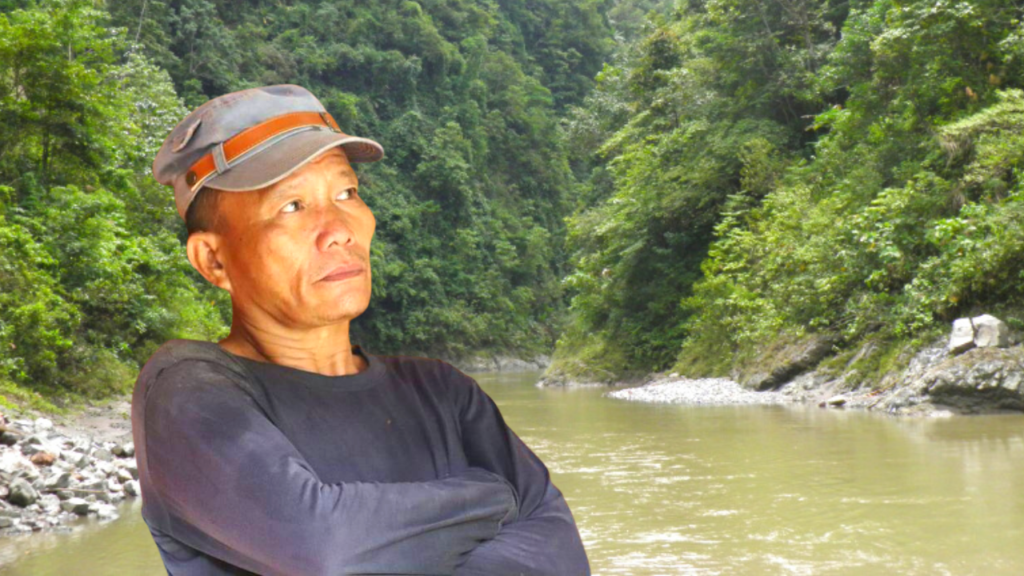Tumandok chairperson Roy Giganto was among nine farmers and human rights defenders killed in Panay province, Central Philippines in December 2020. Before the massacre, they had opposed and delayed progress on the Jalaur River Multi-Purpose Project Mega Dam, a joint project of the Philippine and Korean governments that is feared to displace at least 17,000 indigenous Tumandok.
On 30 December 2020, indigenous rights defenders Roy Giganto, Reynaldo Katipunan, Galson Catamin, Eliseo Jr Gayas, Maurito Diaz, Artilito Katipunan, Mario Aguirre, Jomar Vidal and Rolando Diaz were killed on Panay Island in the Philippines, while 17 other members of the indigenous community were arrested.
The massacre took place in various villages in Tapaz, Capiz and Calinog, Iloilo on Panay Island, in a coordinated police and military operation. Reports from the community state that cellular phones were confiscated to prevent people from taking photos and videos of the summary executions. In one case the family members were forced out of their house and in other cases the military forcibly entered their homes and shot the leaders while they were sleeping.
According to human rights organisation Panay Karapatan ‘Those killed were recognised indigenous community leaders in their respective barangays. They were civilians and not armed combatants,’ The 9 human rights defenders had been red-tagged and accused by the military of being members and supporters of the Communist Party of the Philippines-New People’s Army (CPP-NPA). Among those arrested were 6 Indigenous women who are active members of Anggoy (an Indigenous women’s organisation on Panay island).
The International Indigenous Peoples Movement for Self-Determination and Liberation, a global network of Indigenous Peoples rights activists, advocates and organisations, said those killed were among those who resisted the building of megadam projects in Iloilo and Capiz, due to the impact on their ancestral and agricultural land. They were leaders of the Tumanduk organisation, an alliance of 17 indigenous people’s communities in Capiz and Iloilo provinces. These Tumandok communities have consistently opposed militarisation and human rights violations in their localities and have advocated for the protection of their rights as an Indigenous People. The Tumandok organisation has repeatedly been red tagged and accused by the military and the National Task Force to End Local Communist Armed Conflict of being a rebel front with members supporting or part of the CPP and NPA. This immediately makes them a target for arrest and attack, including extrajudicial execution, by the police and army units active in the area.
This was not the first time indigenous rights defenders have been targeted in this way. In December 2018, 6 indigenous activists were killed and 31 arrested in a police and military operation on Negros Island, carried known as part of SEMPO, Synchronised Enhanced Managing Police Operations. In April 2020, Roy Giganto and his community were threatened with suffering the same fate as the Negros community if they did not cooperate.
There is a consistent pattern in the Philippines of the army and police « red-tagging » human rights defenders as communists and supporters of the NPA to justify violence and killings in the context of alleged « armed encounters ». These killings are rarely investigated and thereby create a climate of almost total impunity.
